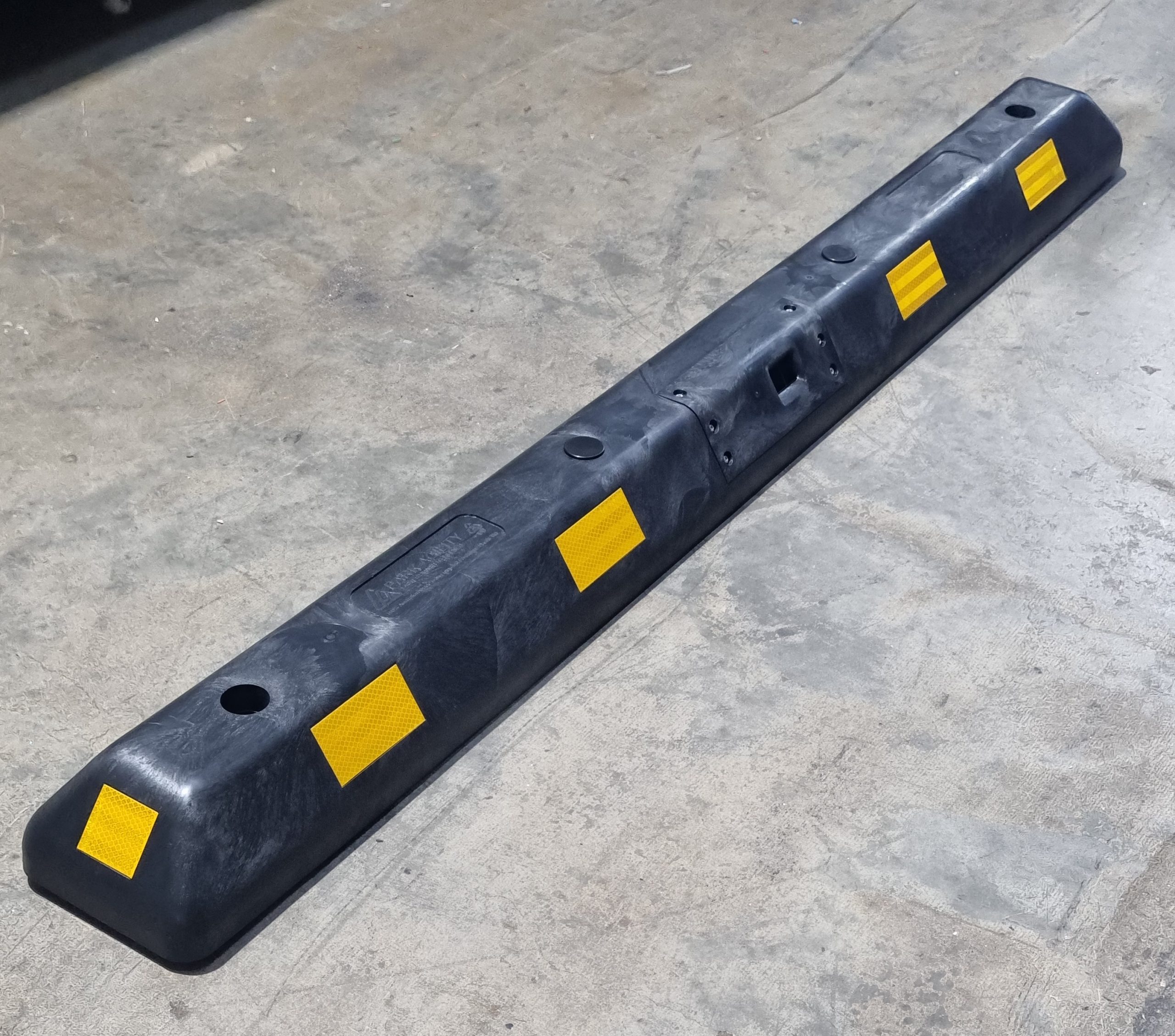
Faster, Smarter, Greener. Now Built into Every Wheel Stop.
Park Agility’s patented wheel stop unites safety, smarts, and sustainability in a connected, carbon-neutral design.

The humble wheel stop has long been a quiet fixture in car parks and sold by the millions around the world. Simple, functional, and largely unchanged for decades, its purpose is clear; to protect pedestrians, vehicles, and infrastructure from collision with one another. Over the last decade parking guidance and enforcement solutions have also been on the rise, resulting in sensors by the hundreds of thousands being deployed to parking bays – many of which also have wheel stops in place. Park Agility has reimagined these products into something far more impactful. By embedding sensor technology into a recycled plastic wheel stop we’ve created a dual-purpose solution that delivers both structural safety and protection plus real-time parking intelligence – all while dramatically improving the environmental footprint of both. The convergence of these functionalities is a world first and we have a patent-pending to prove it.
Park Agility’s tag line is: “Faster, Smarter, Greener”
The Park Agility wheel stop incorporates a dedicated technology compartment, allowing a lidar sensor, control board, and firmware to be housed within the body of the product itself. This innovation converges two products into one plus simplifies maintenance to deliver a truly ‘faster’ and ‘smarter’ solution. The ‘greener’ part of the tag line is not lacking, rather it is amplified. The wheel stop is made entirely from recycled ‘Post Prime’ plastic sourced in Australia from Transmutation – an Adelaide based company. This wheel stop is itself fully recyclable at end of life with no mixed materials or contaminants. Compared with wheel stops made with virgin plastic, rubber or concrete, our solution has a carbon footprint 70% lower. For Transmutation, it is not just about making environmentally friendly products; it is about backing them with data that speaks clearly. The PostPrime®️ plastic is carbon neutral and comes with both a life-cycle assessment (LCA) and an environmental product declaration (EPD). These certifications are valuable for clients looking to track Scope 3 emissions and has our product in a strong position as ESG and sustainability gain momentum in the market.
Importantly, the wheel stop is available in both ‘dumb’ and ‘smart’ configurations. In its most basic form, our wheel stop complies with all industry standards to act as a high performance, heavy-duty wheel stop, available at a competitive price. A future car park may opt to deploy 90% of these standard wheel stops but with 10% smart units to monitor priority bays such as DDA, EV, or Short-Term parking. This hybrid model allows operators to scale intelligence where it matters most, without overcapitalising. It’s a flexible, future-proof solution that respects the customer’s time while supporting broader sustainability goals.
Combining structural integrity, thoughtful design and embedded intelligence in a way that improves on everything that came before.
Beyond materials used, the Park Agility wheel stop contributes to broader environmental outcomes. By enabling real-time bay-level monitoring, the wheel stop combined with our wayfinding signage solutions, reduces the time drivers spend searching for available bays. Less idling means lower greenhouse gas emissions and improved air quality. The wheel stop can be integrated with a range of Park Agility solutions and through our API is compatible with many other third-party solutions from business intelligence to enforcement solutions as the sensors themselves are 99.9% accurate – making them best in class for bay occupancy detection.
Engineered to house technology and incredibly tough
Most plastic wheel stops rely on a simple outer shell with minimal internal support. The partnership between Park Agility and Transmutation has resulted in a design that takes a different route – one packed with robust, multidirectional ribbing made to handle repeated impact from all angles. This ribbing is not brittle. It is designed to absorb and disperse shock throughout the body of the product, rather than crack or snap under pressure. Rounded transitions replace sharp right angles, helping to spread stress more evenly and improve durability over time. That shock-absorbing quality is a big part of what makes it so strong; it is a major step forward compared to what is typically on the market.
Explore Park Agility’s wheel stop’s materials, dimensions, and embedded technology features in full detail by downloading the technical specifications.

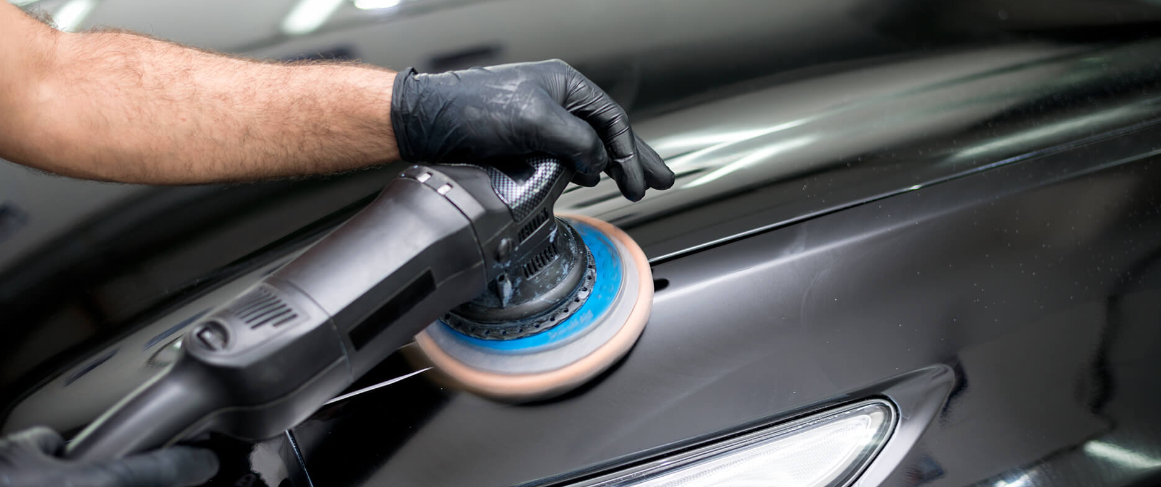
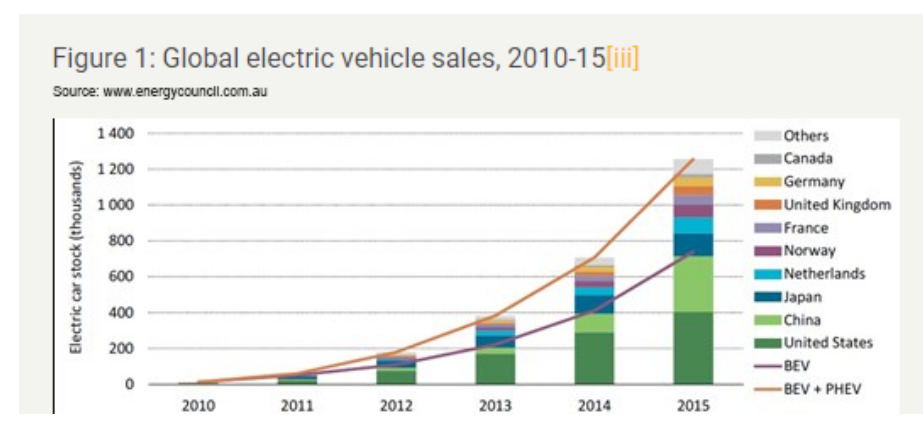


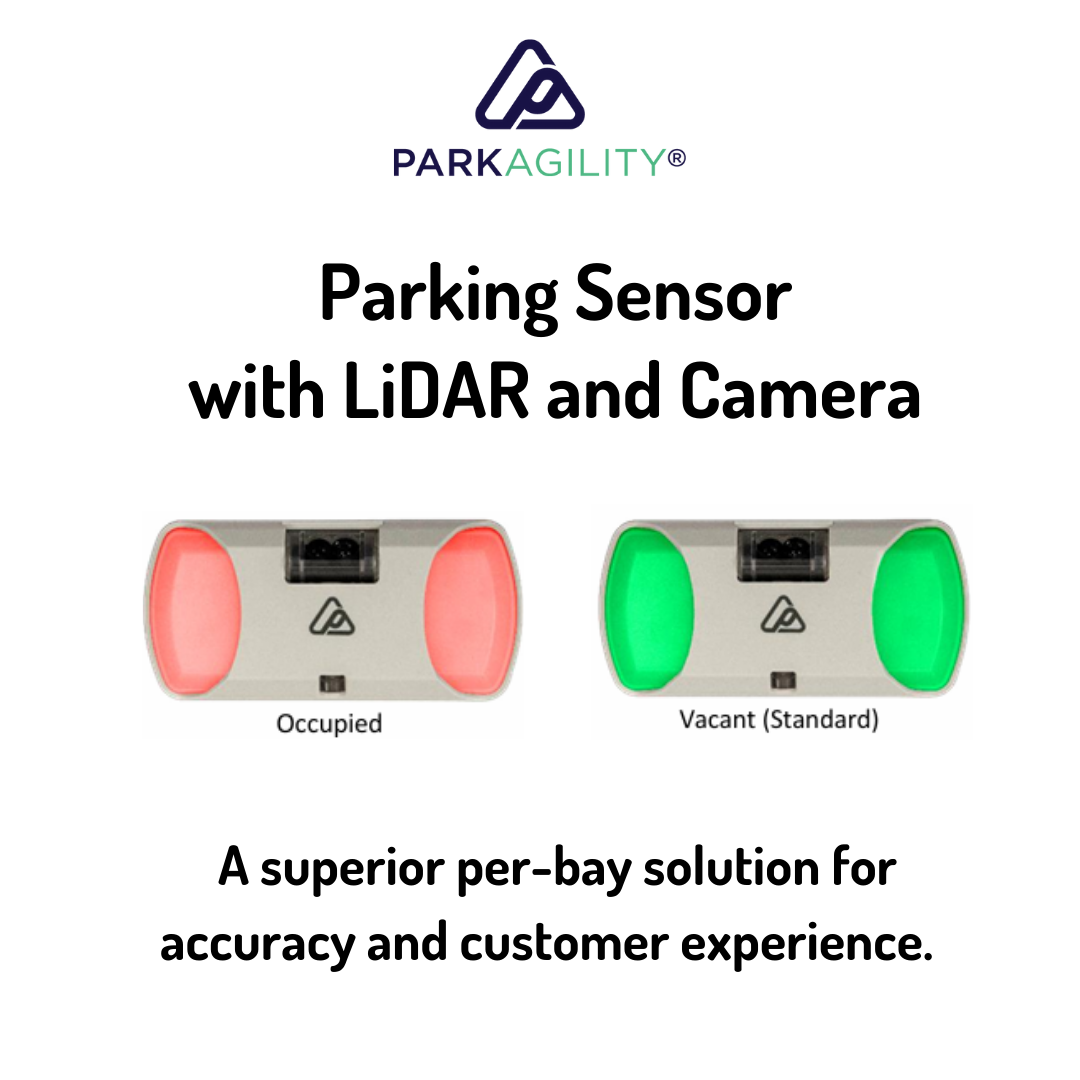
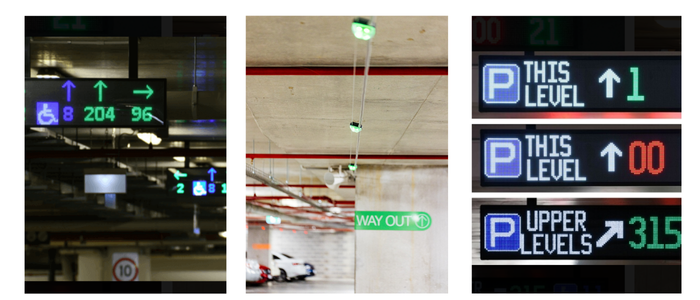
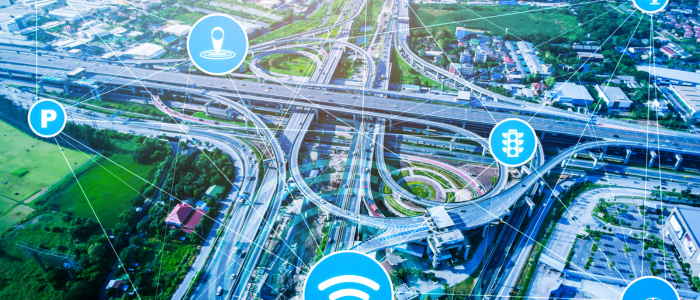

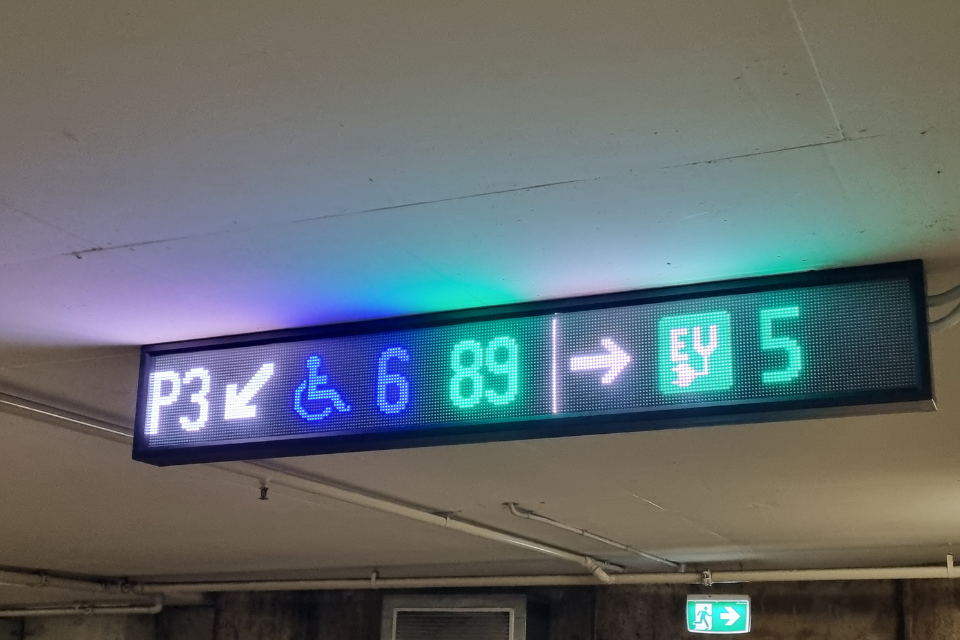
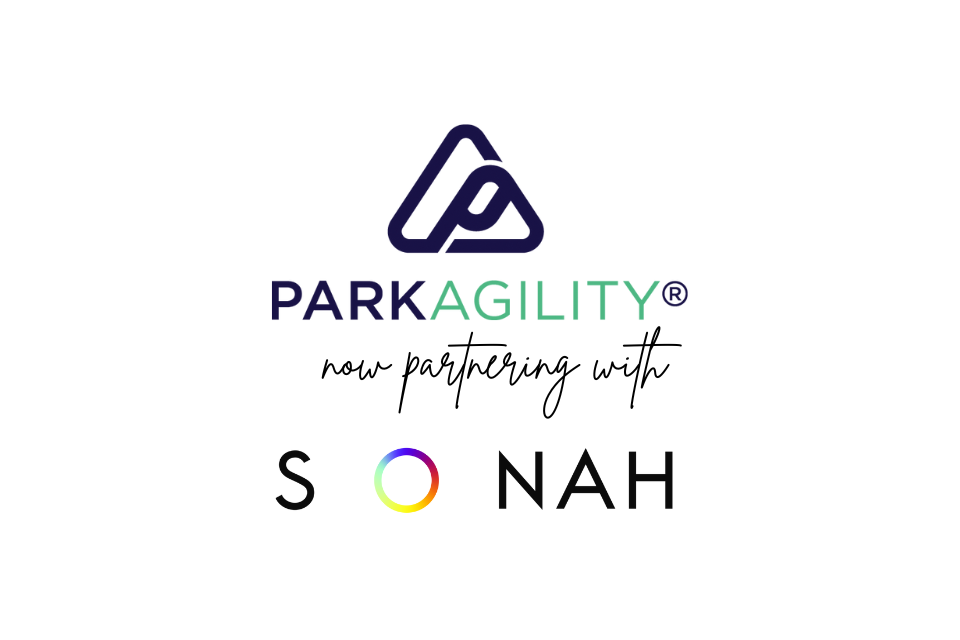
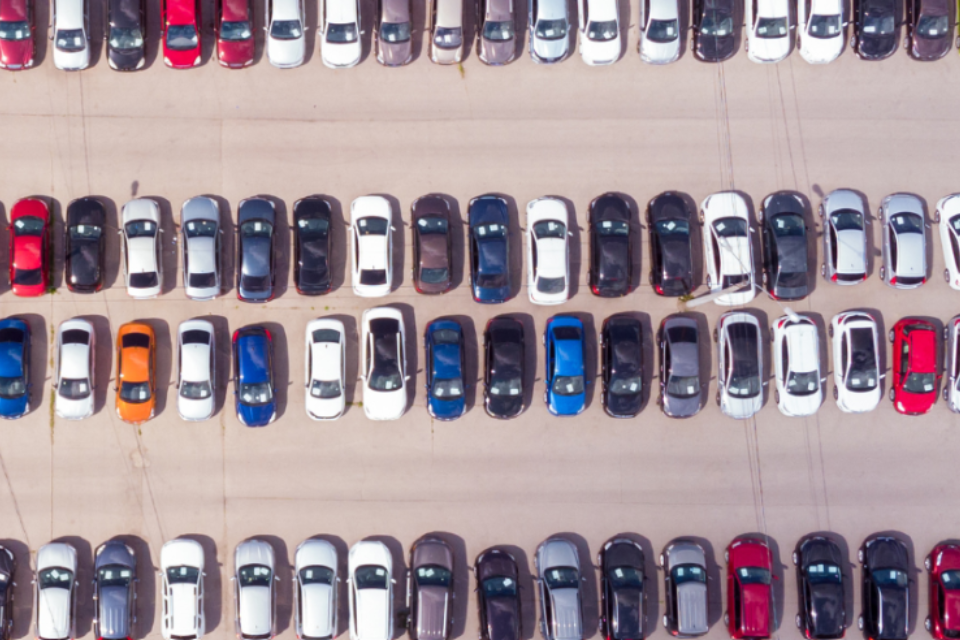
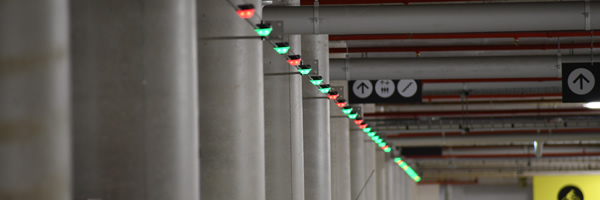
Recent Comments